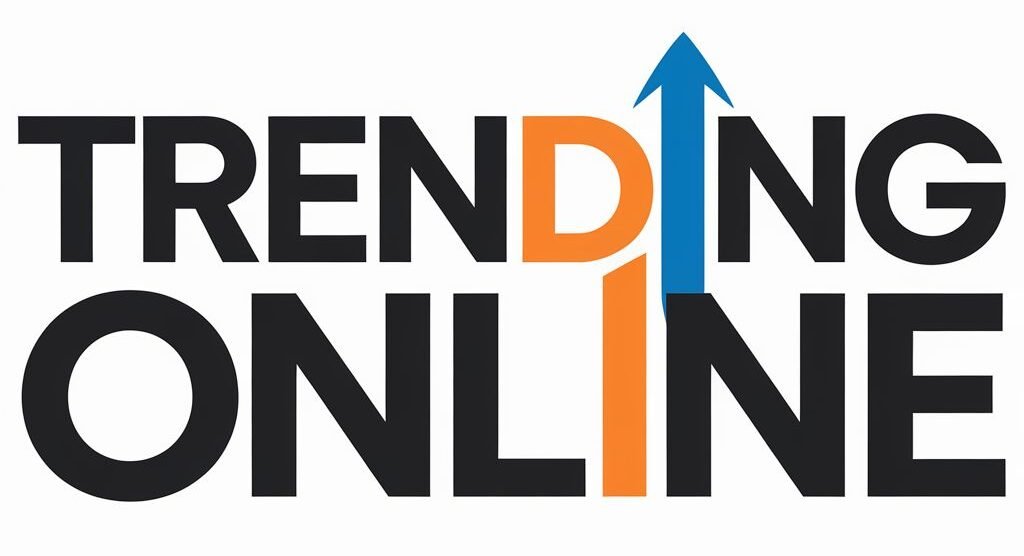E-locker system revolutionises medication collection at Groote Schuur Hospital
First introduced at public healthcare facilities, the e-locker medication dispensing system has now made its way to Groote Schuur Hospital.
This innovative system is transforming how stable chronic patients access their medication, offering a convenient alternative that significantly reduces the long queues and hours of waiting typically experienced in pharmacy lines.
Alongside initiatives like the Chronic Dispensing Unit (CDU), off-site collection points, chronic clubs, and wellness hubs, e-lockers provide patients with a more efficient and dignified way to collect their medication.
Developed over several years through strategic planning and collaboration by pharmacy teams across the province, the e-locker system was designed to reduce waiting times, improve efficiency, and modernise medication dispensing.
While early attempts to implement fully automated dispensing systems faced challenges integrating with existing workflows and information systems, e-lockers emerged as a more flexible, scalable, and patient-friendly solution.
Piloted at 11 healthcare facilities, the e-lockers naturally extend the province’s Chronic Dispensing Unit, which delivered over 4.5 million parcels to nearly 390,000 patients in 2022 alone.
Western Cape Department of Health and Wellness spokesperson Samantha-Lee Jacobs explained that the department first introduced the e-locker system in 2021, piloted at eight health facilities with the sponsorship of eight e-locker units funded by Anova.
“The idea was to evolve the care model of chronic patients who are on the chronic dispensing unit (CDU) system and formed part of pressure relief measures during the Covid-19 pandemic.”
While off-site collection points and other interventions were active, the department could not cater to those not on the CDU or those working and this would see patients still coming to the facilities causing congestion. These e-lockers allowed for seamless collection without traditional waiting periods.
“The initial uptake and recruitment of patients was slower than anticipated, however, these e-lockers have since proven a success in many communities.”
Jacobs said the initiative was not initially envisioned for implementation at tertiary hospitals.
“This was meant to be a community-based solution.”
She added the long-term plan includes expanding the roll-out of these e-locker systems to include frequented community locations such as shopping malls, through effective collaboration.
At Groote Schuur Hospital the system operates by securely packaging patients’ repeat prescriptions and loading them into electronically controlled lockers. Patients receive an SMS with a one-time PIN, enabling them to collect their medication within 48 hours—even outside regular pharmacy hours. Using a touchscreen console, patients enter the PIN to open their designated locker safely and discreetly.
Department spokesperson Dwayne Evans explained if medication is not collected within the allotted time, pharmacy staff follow up by removing the parcel and managing it accordingly.
“This process frees pharmacy staff to focus on more complex clinical queries while easing congestion in pharmacy areas.”
He said the benefits have been clear, especially during busy periods like the festive season. In December 2022 alone, the CDU and linked services prepared and distributed an additional 400,000 parcels, ensuring patients were “Ready, Collect, Go!” and had timely access to their medication without the hassle of long queues.
“Currently, the Groote Schuur Hospital e-locker unit has 98 compartments serving outpatients, with plans to expand to inpatient use. As part of a broader pilot, e-lockers have been installed at various facilities, including 24-hour community health centres, with expansion under consideration based on need and feasibility.
“These lockers complement other patient-centred services such as off-site pick-up points, chronic clubs (which number over 6,500 province wide), and community wellness hubs, offering multiple accessible options for medication collection.”
Evans said patient safety and privacy remain priorities.
“Each locker transaction is PIN-protected, with pharmacy staff using traceable PINs to log actions. Cellphone numbers are verified before dispatch to ensure parcels reach the intended recipients.
“Vulnerable patients, such as the elderly or those less comfortable with technology, receive hands-on assistance during pharmacy hours, including demonstrations to help build confidence for independent future use. Patients are also encouraged to keep their contact details up to date and attend six-monthly check-ups to maintain eligibility for the service.”
The e-locker system is part of a wider Whole of Society Approach to healthcare, aiming to bring services closer to where people live, work, and connect. Wellness hubs in communities such as Bishop Lavis, Belhar, and Fisantekraal have already been welcomed by patients for providing faster and friendlier medication collection experiences.
tracy-lynn.ruiters@inl.co.za

